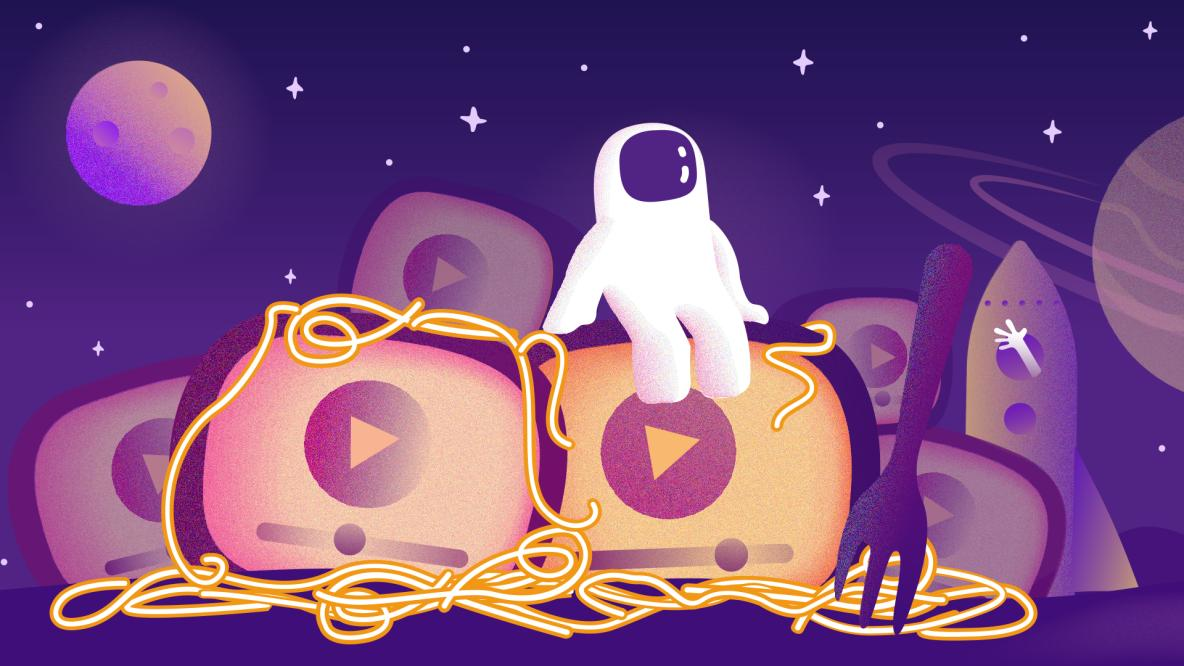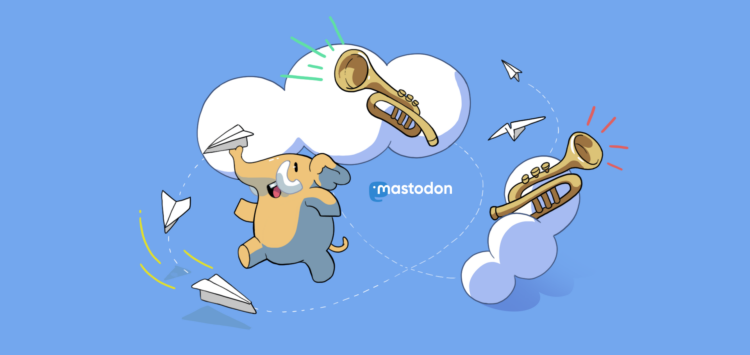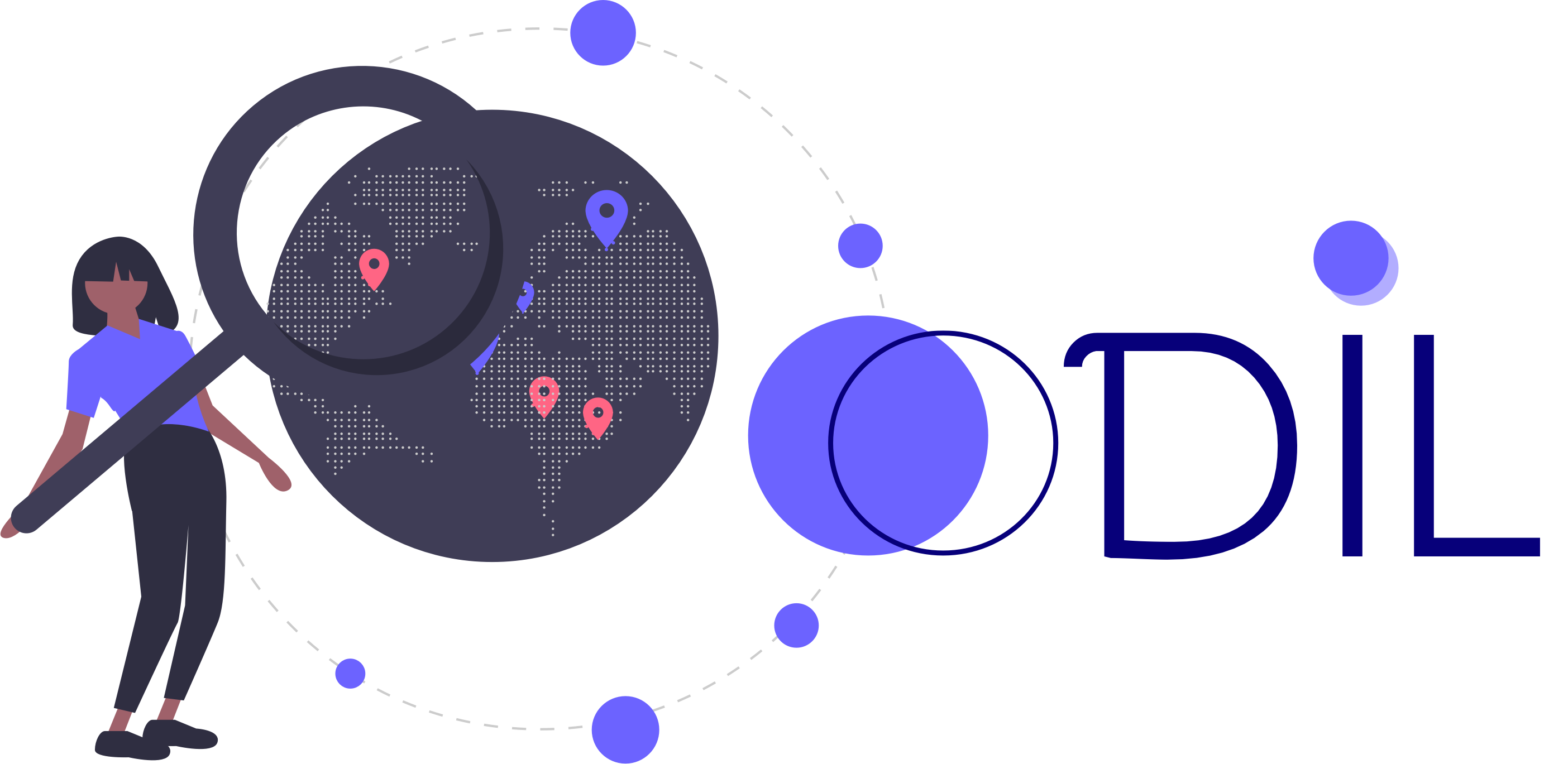The maze of content moderation on Odysee
Check First uncovered the complex content moderation policies of the Odysee video platform and its underlying LBRY blockchain. Our analysis shows governments are few to ask for take-downs of illegal content.
In October 2022, the video-sharing platform Odysee came under the spotlight for continuing to broadcast RT France’s livestream.
Odysee is a decentralised, blockchain-based video platform whose main audiences are based in the US, France and Germany. The service is accessed monthly by approx. 20M visitors on its website. Odysee was described as “The new YouTube for the far right” by Dr. Eviane Leidig from the Global Network on Extremism and Technology.
As the European Digital Service Act was approved and will be enforced in the coming months and years, we decided to dig into Odysee’s and LBRY’s content moderation systems and how they fulfill their role in the scope of the DSA, particularly on Odysee apps?
Odysee and LBRY are intertwined in a complex technical relationship by design. Check First wrote an entire technical paper describing the intricacies of this content storage and distribution system. As a result of the complexity of this design and because content distribution is technically shared between Odysee and LBRY, content moderation is applied at different levels, by several entities. We were able to capture and analyse the content blocking lists applied by both Odysee and LBRY. This analysis has revealed that:
- Odysee, LBRY, LBRY Inc, Odysee Holdings Inc. and the “open communities” create a complex ecosystem of entities, raising the question of each actor’s responsibility before the law. This complex structure also contributes to blurring the lines on who should enforce content moderation on the platforms and how.
- There are two levels of moderation on Odysee. A moderation applied by LBRY and a moderation applied by Odysee.
- If the content is accessed through an Odysee mobile phone application, LBRY’s content moderation is enforced differently, depending on the operating system a user’s phone is running on mobile (either iOS or Android)
- Odysee apply a geo-block on the content. Those blocks are, for most of them, as a result of requests from governments. The low amount of restricted content on this list and the low number of state-actors actually requesting Odysee to block content is underwhelming.
- While the EU had sent only 2 requests at the time of writing, Google’s European offices have sent more requests than EU institutions, making the company the most active pan-european entity to ask for content blocking.
Our partner at EU DisinfoLab has written an advocacy piece based on this analysis available here: Odysee: list of geo-blocking requests shows the EU and EU Member States are far from doing enough to enforce the law
This investigation was led from Oct 19 to Dec 1 2022 by the CheckFirst OSINT team. All data gathered during this period is available on CheckFirst’s Github and a dashboard including graphical illustrations of the Odysee moderation is available online.
All press requests can be sent by email at : press@checkfirst.network




